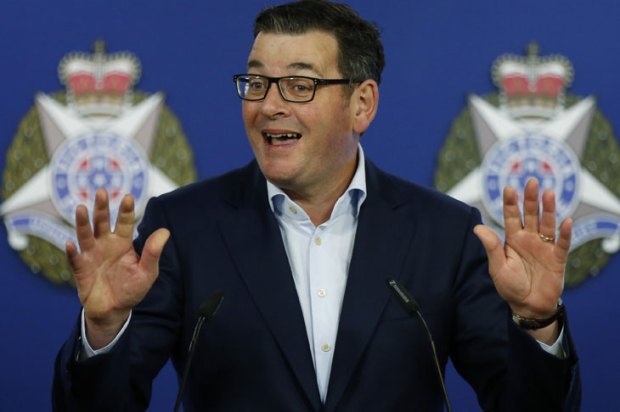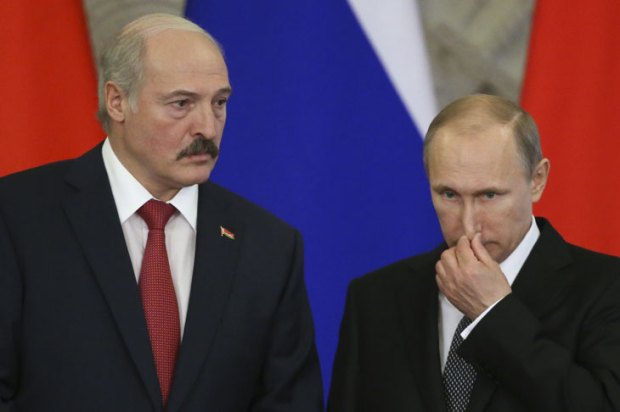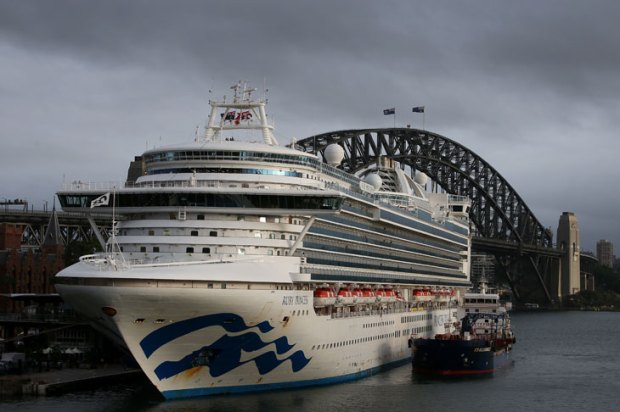Big Oil, Big Tobacco, Big Agri, Big Pharma… every industry these days seems to have its bogeyman collective, the theory being that you don’t get big by being nice to people, and that beyond a certain size profit and principles are incompatible. Some sectors hold out longer than others. For a while it looked as if Amazon and Facebook and Google really wanted to improve our busy, stressful lives. But then the goofy college kids who started them morphed into the scariest giant of all: Big Data. At a glance the banking sector would appear to be no different. Even when there were lots of little banks in Australia their customers tiptoed past. Now there are just a handful of big ones the intimidation factor is even greater. So in their marketing the banks downplay their bigness, with advertising designed to make them appear less faceless and more approachable. A strategy which results in touchy-feely slogans like ‘More give less take’, and ‘Life; it’s about more than money’. I don’t doubt such virtue signaling has some traction in what is, let’s face it, a parity market most of the time. If you’re torn between Bank A’s home loan and Bank B’s, B’s social conscience might well tip the scales. If there’s no difference between the deposit rates offered by Banks C and D, but C’s ads gives you a warm feeling, why not go with them? But I doubt many Australian consumers buy into the Julia-Roberts-Notting-Hill subtext these campaigns seem to share: ‘We may seem like a huge corporation, but we’re actually just a bunch of ordinary people, standing here in front of you, asking you to like us’. And the irony is it wouldn’t be in the advertiser’s interests if they did. Because however much we like to bash big banks, none of us really wants to be a customer of a small one. Not after what happened on Wall St nine years ago and the tsunami of misery it sent around the world. If you think banks are on the nose here, you should hear what people have been saying about them for the past decade in the US or Europe, where their behaviour ruined hundreds of thousands of lives. But the closest most Australians came to that ruination was their television, and the closest they’ll come to understanding why it happened is watching the Hollywood blockbuster The Big Short. Because Australian banks did not get sucked into the subprime maelstrom – and that made them the envy of their US, UK and European counterparts. As reprehensible and embarrassing as the CommInsure and OnePath debacles were, they are minor misdemeanors compared to the sustained and cynical complicity of many household-name US and European institutions in the disgraceful practices which caused the crash. It may seem an odd thing to say when Labor and the Greens are still shouting about independent inquiries and royal commissions, but thanks to some of the world’s most stringent compliance laws and the tenacity of the people who enforce them, the fact is Australians have less cause to be distrustful of banks than just about any other developed nation. Americans are about to put either a cashed up redneck or a compulsive liar with health issues in the White House. For a large percentage of the electorate it is a rock and a very hard place. But it is inconceivable that voters of either political stripe would entrust the care of their economy to a Wall Street banker. Not many Australians, by contrast, are particularly concerned about the Goldman Sachs section on Malcolm Turnbull’s weighty CV.
We don’t need our banks to be our friends. We expect them to be ethical, and yes, it’s nice if they support good causes and help communities. But what we really want from them is the same as we’ve always wanted: choice and innovation in product offering and the stability that comes with good governance. If they keep on giving us all that, can we really begrudge their investors a healthy dividend? Especially when some of the biggest of those investors are also managing our superannuation funds. Or what Mr Turnbull has left of them.
The post Simon Collins appeared first on The Spectator.
Got something to add? Join the discussion and comment below.
You might disagree with half of it, but you’ll enjoy reading all of it. Try your first month for free, then just $2 a week for the remainder of your first year.














